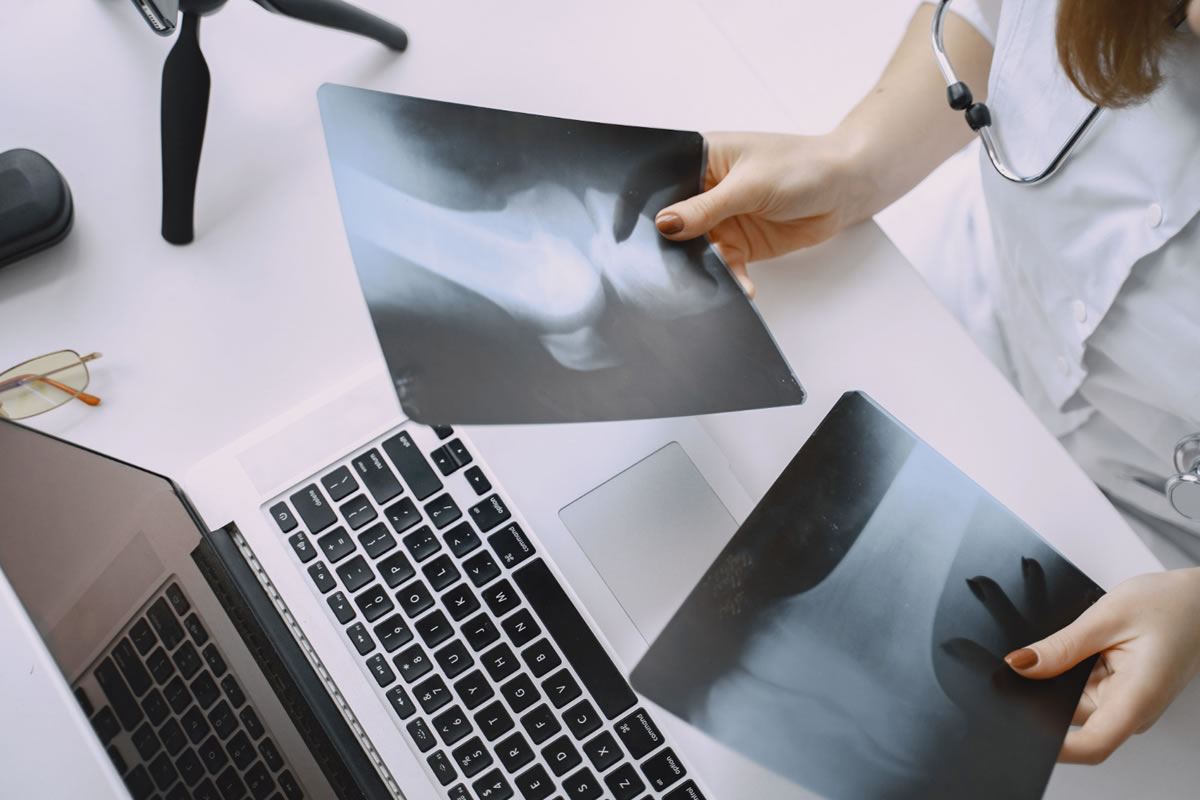
If you experience a rotator cuff injury, daily activities may become challenging. For example, simple activities like brushing your hair or tucking your shirt in can be unbearable, and lifting your arm above your head might be completely impossible. Although symptoms lean on the severity of the damage, they generally include:
- Shoulder pain when lifting or lowering the arm
- Pain when you apply pressure to the affected shoulder
- Trouble sleeping on your side because of shoulder pain
- Weakness or immobility in the wounded shoulder
Rotator cuff injuries can happen for a combination of reasons. They are usually the outcome of repetitive strain. Any job or action that demands repeated overhand movements, such as painting or throwing a baseball, can lead to this kind of injury. Hasty, forceful arm movements—such as flinging your arm up or attempting to catch yourself during a fall—are also typical causes. In other circumstances, a rotator cuff injury might occur due to years of normal wear and tear.
In this blog, our orthopedic surgeon in Orange City provides a straightforward overview of arthroscopic rotator cuff repair. Orthopedic surgeons may suggest this surgery if you have encountered a severe rotator cuff injury.
Arthroscopy at a glance
To understand how an arthroscopic rotator cuff restoration works, it's essential to comprehend what arthroscopy is. "Arthro" indicates having to do with a joint, and "scopy" means being seen or observed through a scope—a minuscule camera mounted on a tube, which is inserted into your body. So, in straightforward terms, arthroscopy is explained as looking at the inside of a joint through a camera inserted via a small incision. Employing this process, the camera image is transferred to a television screen so orthopedic surgeons can closely scrutinize the joint in incredible detail. Arthroscopy is utilized both for surgical procedures (to make restorations) and for diagnostic pursuits (to witness what type of injury has happened).
When arthroscopic rotator cuff repair is advised
Not every rotator cuff injury requires surgery, especially if treated early when signs first emerge. However, you may be urged to have surgery if you've had symptoms for several months that do not improve with non-surgical treatment or if you have a severe rotator cuff tear. Surgery may also be advised if it's a recent, critical injury or your daily movements require you to do lots of overhead reaching.
What arthroscopic rotator cuff repair involves
There are multiple kinds of rotator cuff restoration surgeries. Our orthopedic surgeon in Orange City will suggest the proper procedure depending on the sort of injury you have and your individual needs.
Arthroscopic repair is the least intrusive surgical restoration and involves three or four slight incisions in your upper arm around the shoulder joint. The arthroscope is inserted through an incision, and tiny surgical tools are inserted via others. The surgeon uses the camera image to direct the surgical instruments and repair your damaged tissue.
Arthroscopic rotator cuff repair delivers several benefits over conventional open shoulder surgery, which might include:
- Fewer difficulties
- Less postoperative discomfort
- Quicker recovery time
While appropriate healing and rehabilitation take time, the arthroscopic technique usually permits you to return to work, athletics, and everyday movements quicker than traditional surgery.
We hope this helps you understand arthroscopic rotator cuff repairs. Call us if you need an orthopedic surgeon in Orange City. We are here to help!